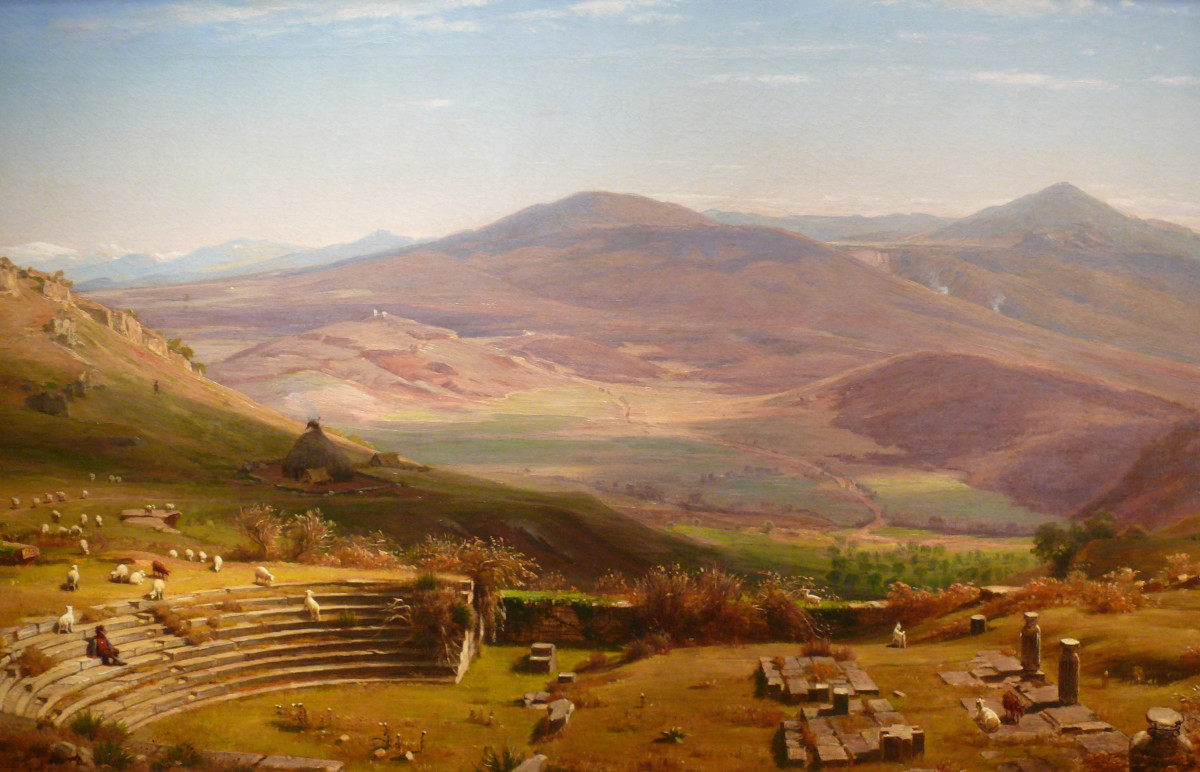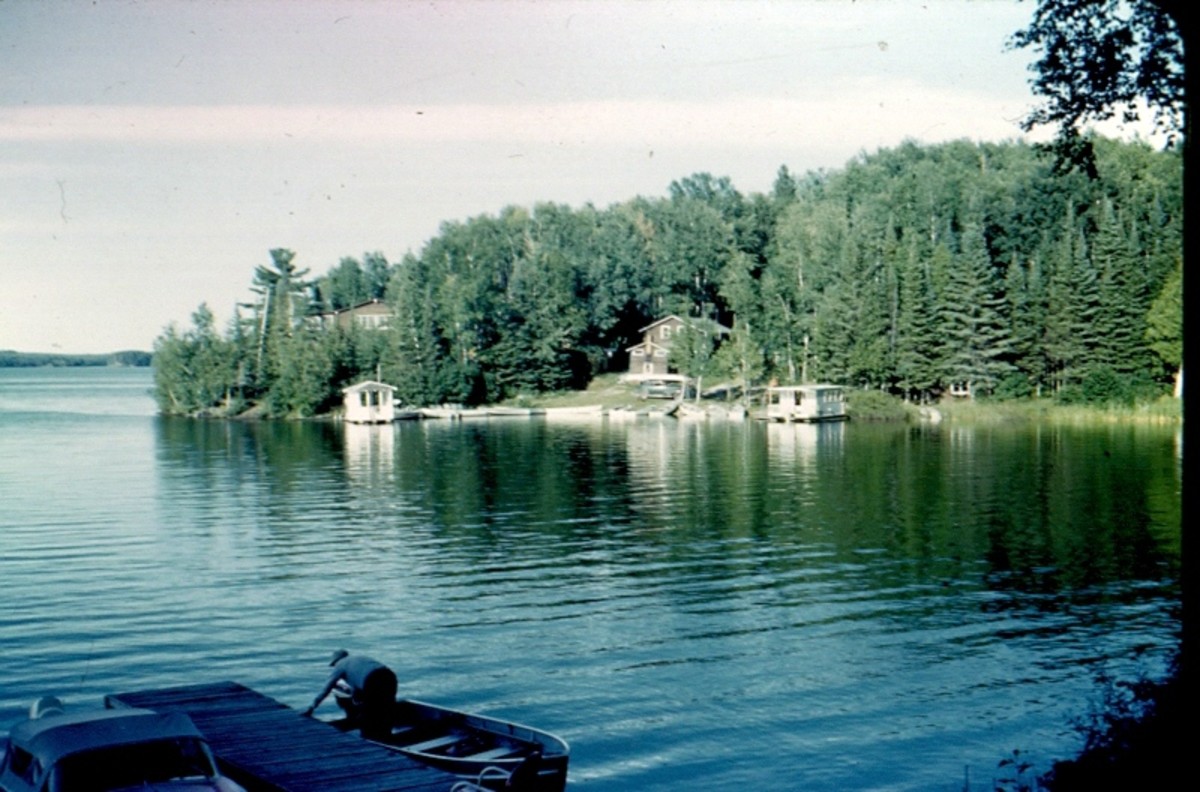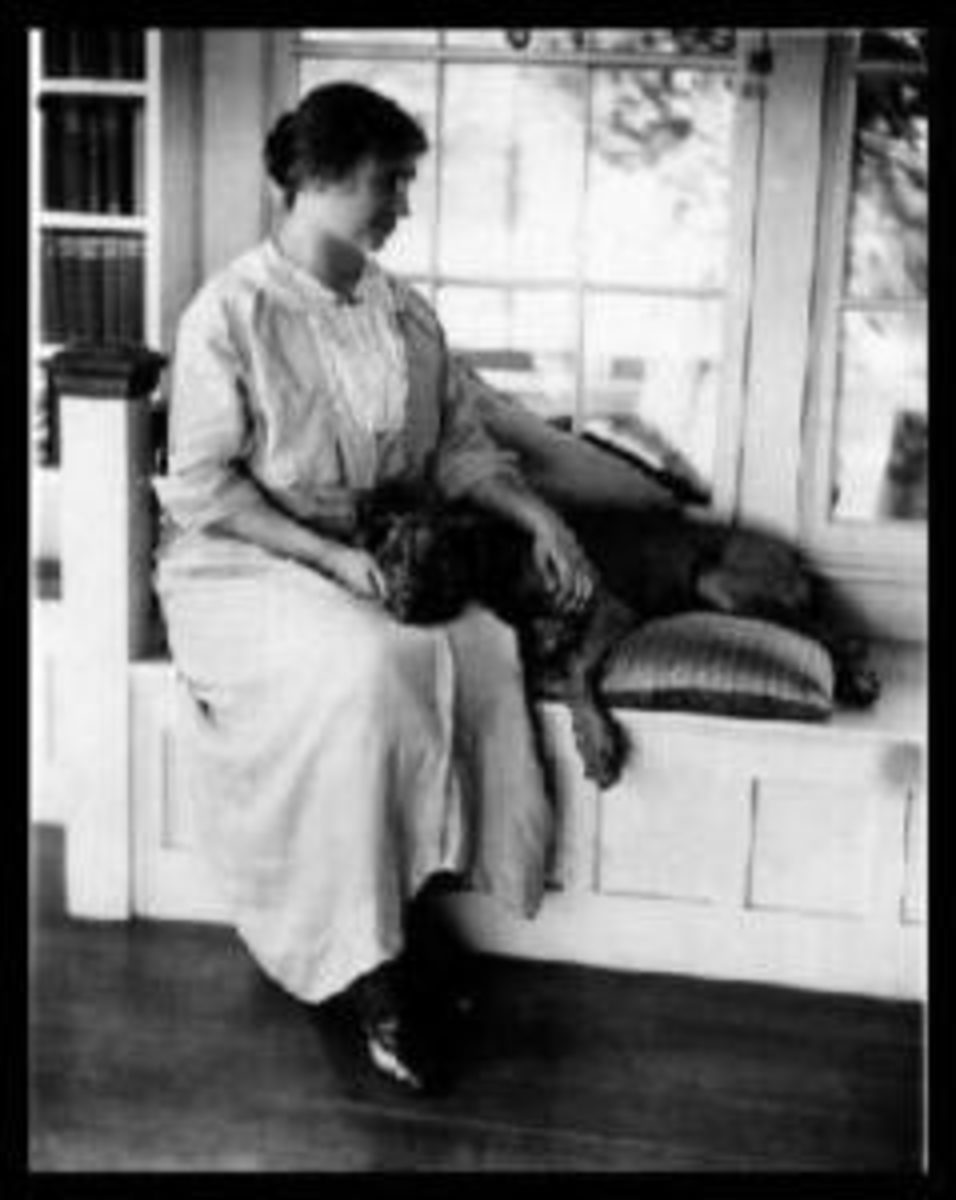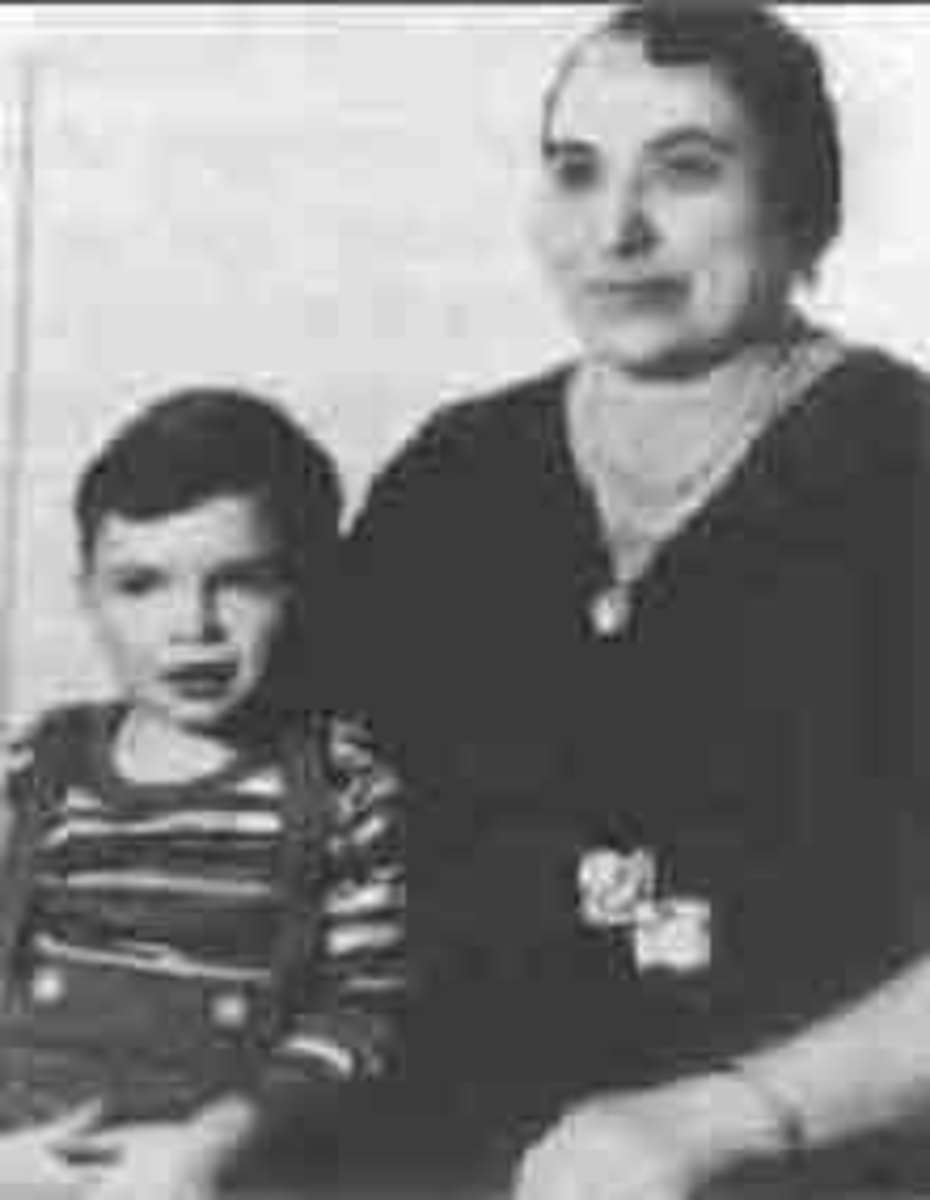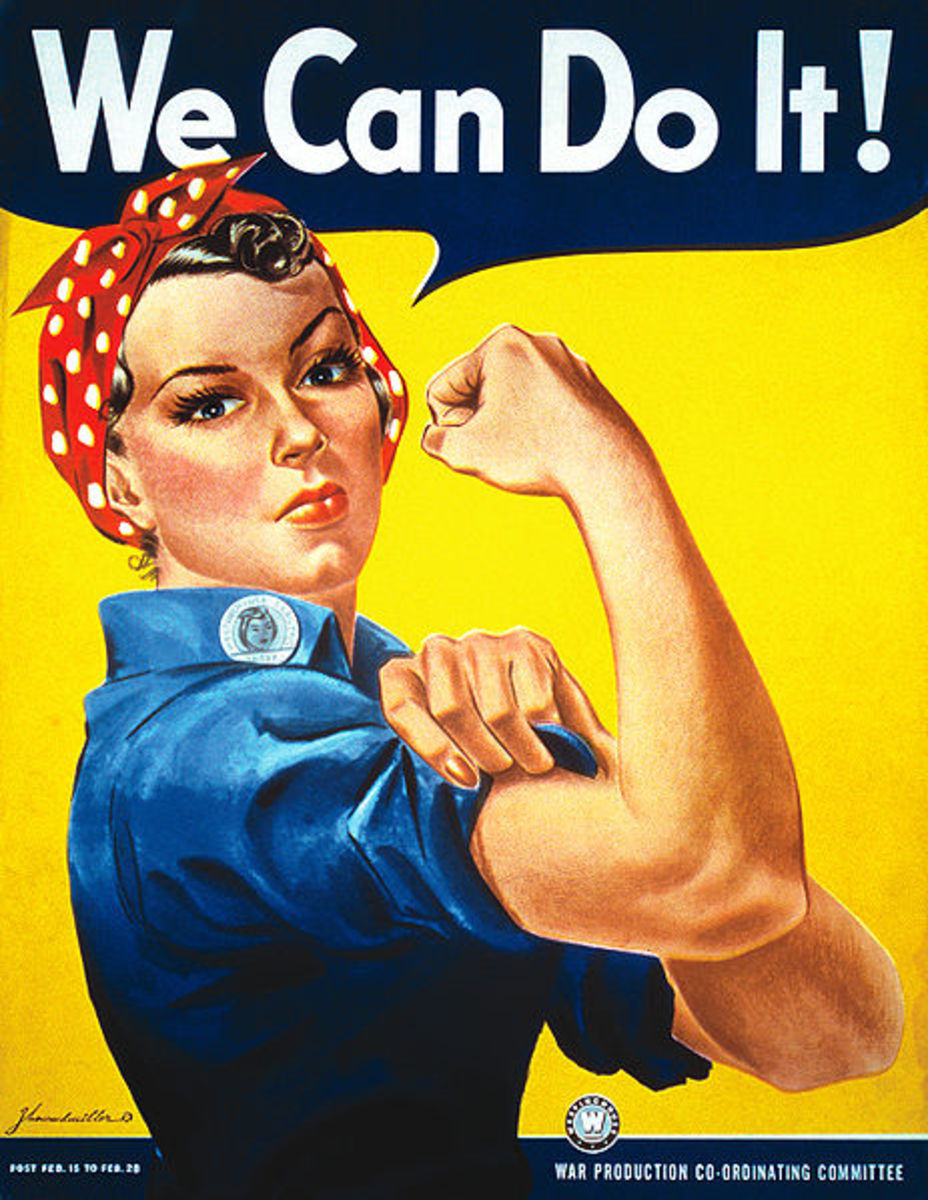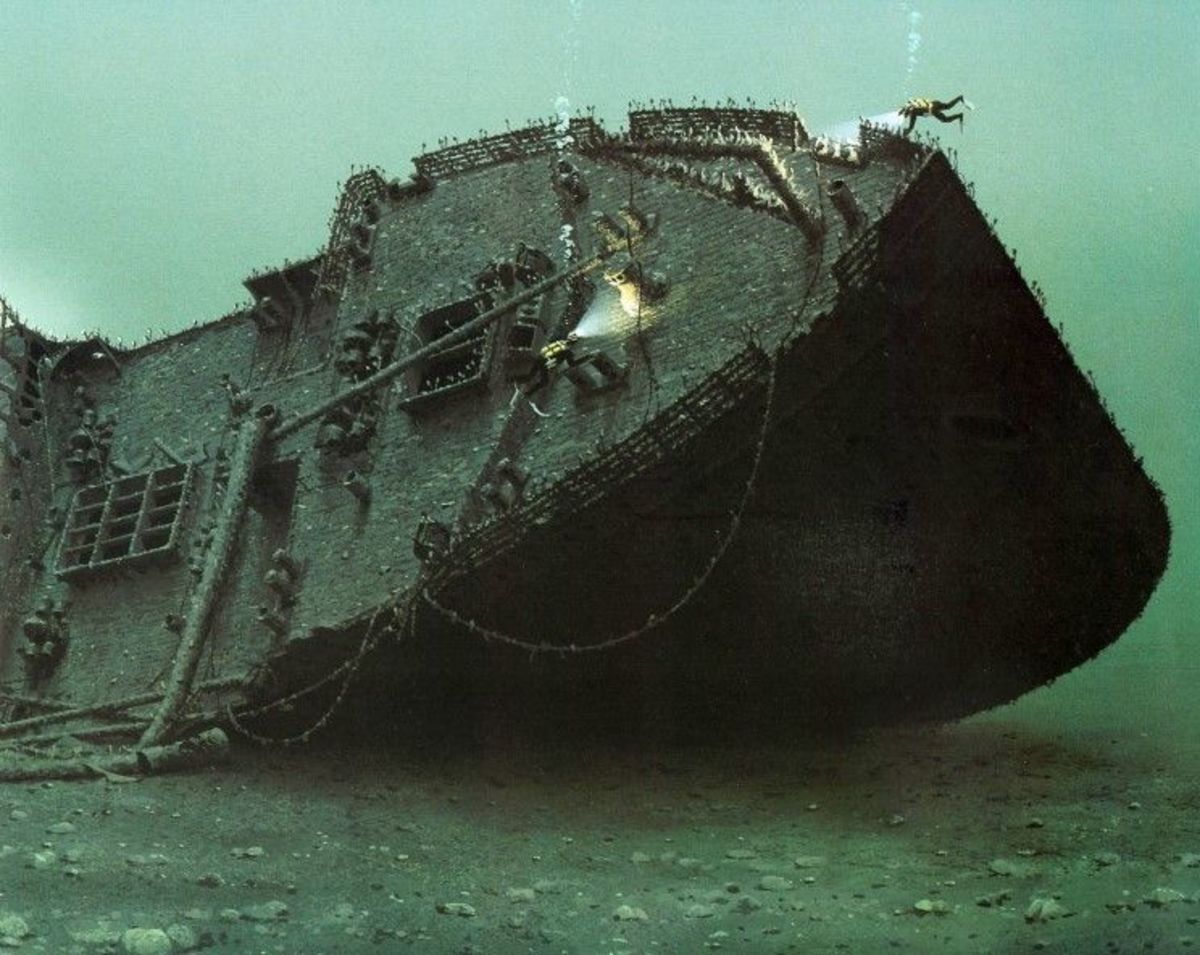- HubPages»
- Education and Science»
- History & Archaeology»
- History of the Modern Era»
- Twentieth Century History
Famous American gangsters of the 20th century
Al Capone
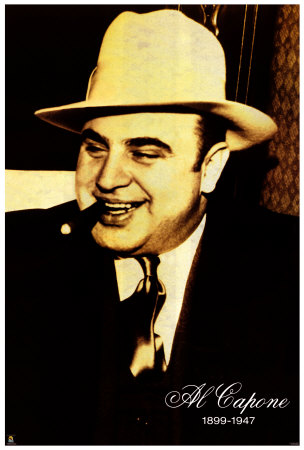
Many Hollywood films like Goodfellas, Donnie Brasco, and The Godfather glamorize and embellish the lives of gangsters. Gangs and organized crime syndicates originated around the late 1800's in the slums of Irish and Italian neighborhoods. With discrimination against Irish and Italian immigrants during the late 1800's and early 1900s, the result of crime was less than surprising. Theft, murder and extortion were only the beginning for these rebellious immigrants. Over time, these acts shifted to greater threats to society; gangs and other mafia groups spread through cities and neighborhoods. The National Prohibition Act of 1919 organized crime syndicates, gangs, and bootleggers which quickly found a niche for brewing, distributing, and selling there own manufactured “strong water”. The act of 1919-1933 started a crime wave from New York to Chicago, creating larger than life figures that are still known throughout the nation today.
One of the most notorious gangsters ever known is Al Capone. Alphonse Gabriel Capone was born in 1899 to Italian immigrants in Brooklyn, New York. He started building his criminal history when he was only fourteen after being expelled from Public School 133. Capone was influenced by the infamous Five Point Gang member Johnny Torrio and came to regard him as a mentor. Later, he joined the Brooklyn Rippers, following with the Five Points Gang. Al Capone moved to Chicago in 1923 after receiving an invite from Torrio to help with some family problems he had been experiencing. After moving to Chicago, Capone saw opportunities bootlegging and quickly joined Torrio in setting up their own criminal empire called the Chicago Outfit. After an assassination attempt on him from the North Side Gang, the rattled Torrio entrusted his racket to Capone and returned to Italy. Capone became well known for crimes like murder, bootlegging, racketeering, and organizing the Saint Valentine's Day Massacre in 1929. He was indicted and convicted of income-tax evasion in 1931, and sentenced to ten years of imprisonment in Alcatraz. Alphonse Capone died in 1947 at his home in Palm Island, Florida after suffering from a fatal cardiac arrest.
John Gotti was considered to be the most powerful crime boss of his era, famously for the Gambino crime family. Gotti was born in 1940 to an Italian-American family in The Bronx, New York. Gotti was widely known for his extravagant style and his straightforward personality. His nickname from the media was “The Dapper Don” because he was known for wearing flashy and expensive clothes. Gotti took over the Gambino crime family after arranging the murder of Paul Castellano in 1985. In late 1990, Gotti and a few of his close associates were arrested by the Federal Bureau of Investigations and New York City detectives at the Ravenite Social Club. He was later charged with thirteen murders, loansharking, racketeering, tax evasion, conspiracy to commit murder, obstruction of justice, and illegal gambling. John Gotti was sentenced to life imprisonment without parole and died in prison of throat cancer in 2002.
Charles “Lucky” Luciano was a Sicilian-born American gangster who was born in 1897. He was considered to be the father of modern organized crime in the United States. At an early age, Luciano earned a reputation as a gangster in the Lower East Side of New York City, and worked his way up to be a top assistant to crime boss Giuseppe “Joe the Boss” Masseria. Luciano was the first boss of the Luciano crime family, which was later known as the Genovese crime family. In 1946, he was deported to Sicily after serving time in prison. At the age of 64, Charles “Lucky” Luciano died of a heart attack in Naples International Airport. Even though he was banned from America, his last request of being buried in the United States was granted and he was laid to rest in Queens, New York.
Though several gangsters of the 20th century are considered by many people to be violent, brash, and ruthless, they represent a unique part of the American culture. Organized crime has taken a drastic blow to its infrastructure due to informants and advances in surveillance technology and it still plays a major role in society.

